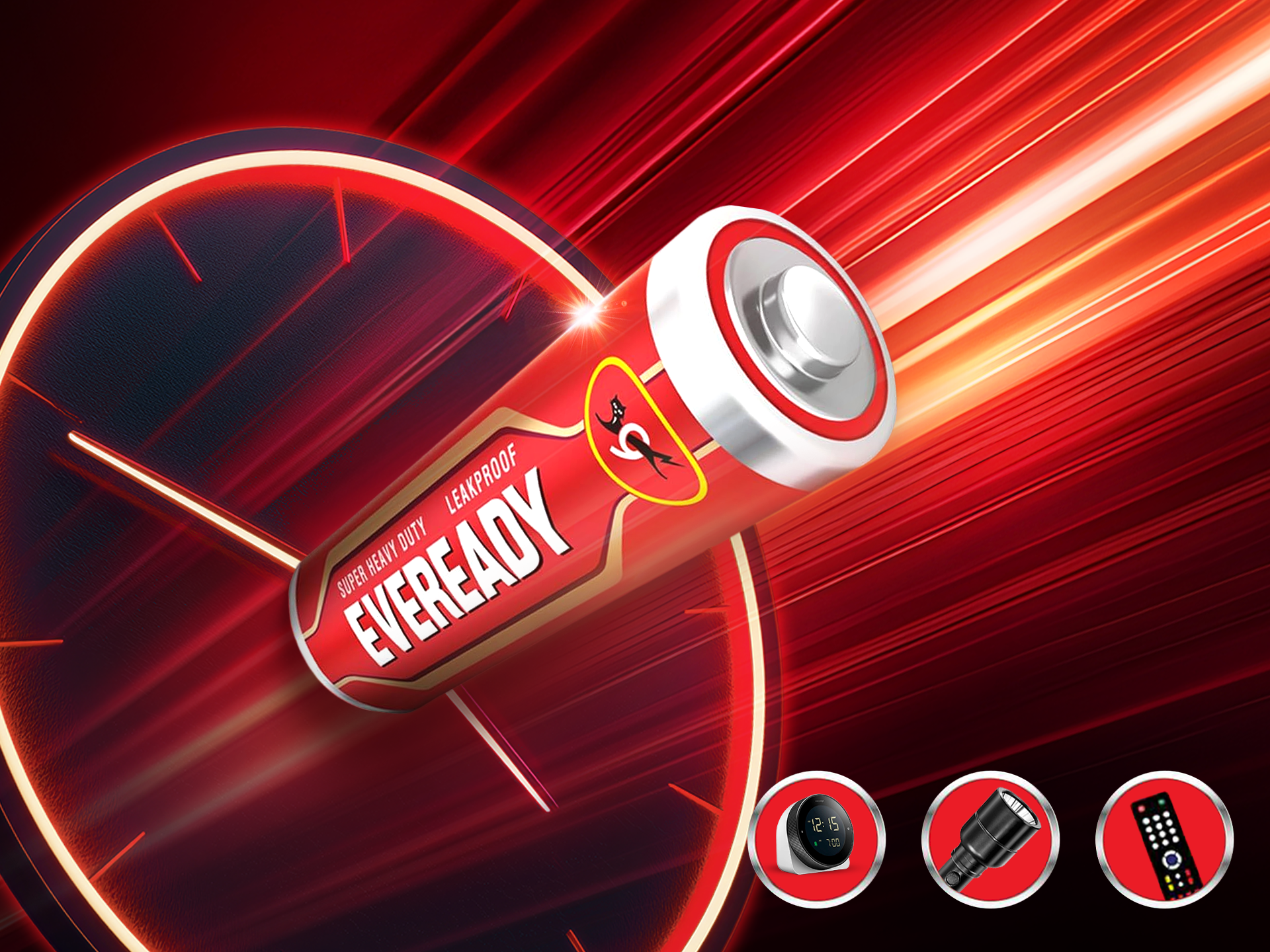


In a world of lithium-ions and cutting-edge battery tech, you might assume older formats are obsolete. But the humble zinc and carbon battery is still powering millions of devices today. These batteries are cost-effective, easy to produce, and dependable for low-drain gadgets—making them a staple in households across the world.
According to recent industry estimates, billions of zinc carbon cells are still produced annually, particularly in Asia and Africa, where affordability and accessibility are key.
While newer innovations like the zinc air battery are gaining ground in medical and industrial sectors, the tried-and-true zinc carbon variant continues to hold its own.
A zinc and carbon battery is a primary (non-rechargeable) battery that uses zinc as the anode, manganese dioxide as the cathode, and a carbon rod as a current collector. Its chemistry is simple but effective. It typically delivers 1.5 volts and works well for devices such as remotes, clocks, flashlights, and radios.
Thanks to its long shelf life and low manufacturing cost, the zinc and carbon battery remains widely used—especially where affordability and accessibility matter.
This battery is single-use, but it delivers steady performance over time and is ideal for devices that don’t need a high current. Newer models also incorporate improved casing to reduce leakage and enhance long-term safety.
The chemistry behind a zinc and carbon battery involves a reaction between zinc and manganese dioxide. The zinc case acts as both container and negative terminal (anode), while the central carbon rod, embedded in manganese dioxide paste, serves as the cathode.
As the battery discharges, zinc oxidizes and releases electrons, powering the connected device. These electrons then return to the cathode where they reduce the manganese dioxide.
A zinc air battery, in contrast, uses oxygen from the air as its cathode material. This allows for much higher energy density, but these batteries activate upon exposure to air and have a limited lifespan after opening.
Both the zinc and carbon battery and zinc air battery serve different needs. One offers budget simplicity; the other delivers high output in specialized fields.
While both battery types use zinc, they differ in construction and purpose.
Zinc Air Battery:
Activated when exposed to air
High energy density
Used in hearing aids, GPS trackers, surgical tools
Lightweight but moisture-sensitive
Zinc and Carbon Battery:
Sealed and non-rechargeable
Lower energy output but long shelf life
Perfect for clocks, remotes, and flashlights
Affordable and easy to source
The zinc air battery is more expensive to produce, and best reserved for specialized devices. The zinc and carbon battery, on the other hand, is cheap to manufacture and ideal for mass-market everyday usage.
With modern battery options available, why stick with the zinc and carbon battery?
Budget-Friendly: Far more affordable than lithium or alkaline alternatives
Easily Available: Found in local stores, kiosks, and emergency kits
Standard Fit: Available in AA, AAA, C, D and 9V sizes
Simpler Composition: Fewer hazardous materials compared to some chemistries
In budget-sensitive regions and off-grid communities, zinc and carbon batteries offer reliable energy at a low cost. Their lightweight build and universal sizing keep them in demand across rural areas, festivals, and institutional uses.
This makes the zinc and carbon battery a preferred choice for low-consumption gadgets, especially when minimizing cost is key.
A zinc and carbon battery is best suited for devices that don’t require constant power draw. Examples include:
Wall clocks
Remote controls
Small torches
Radios
They’re also great for seasonal use—like string lights during Diwali or Christmas—where the device runs for a few days and is then stored away.
Meanwhile, the zinc air battery is a favourite in healthcare—for hearing aids and compact tools that need high energy in a small form factor. Though advanced, they’re less suited to casual or household electronics.
If reliability at a lower price point is what you’re after, the zinc and carbon battery remains one of the best solutions.
Eveready’s range of zinc and carbon batteries includes AA, AAA, C, D and 9V sizes to power your everyday essentials. Whether it’s a kitchen timer or a pocket torch, Eveready batteries provide a steady, dependable output.
These batteries are widely available at local shops, supermarkets, and major eCommerce platforms—making them easy to buy and restock whenever needed.
Designed for India’s day-to-day energy needs, Eveready batteries combine convenience and quality in a cost-effective package.
Technology keeps evolving, but the zinc and carbon battery has stood the test of time. It’s reliable, budget-conscious, and continues to power homes across the globe.
While the zinc air battery has opened new possibilities in medical and high-tech fields, zinc carbon cells remain a classic—ready to serve when you need simple, effective energy without the frills.
So next time you're picking up a pack of batteries, consider the purpose—and trust the classic to get the job done.